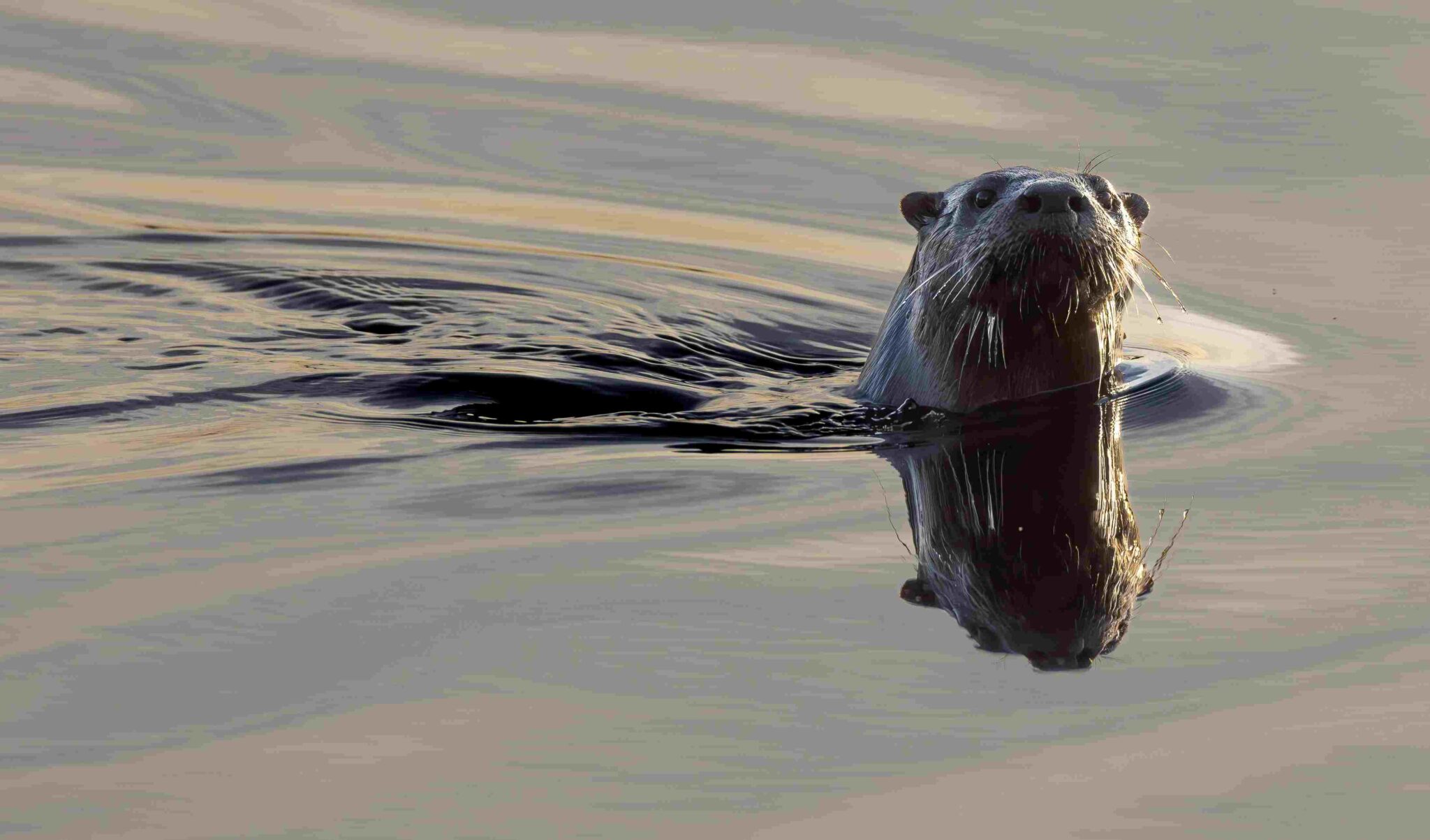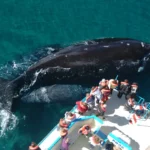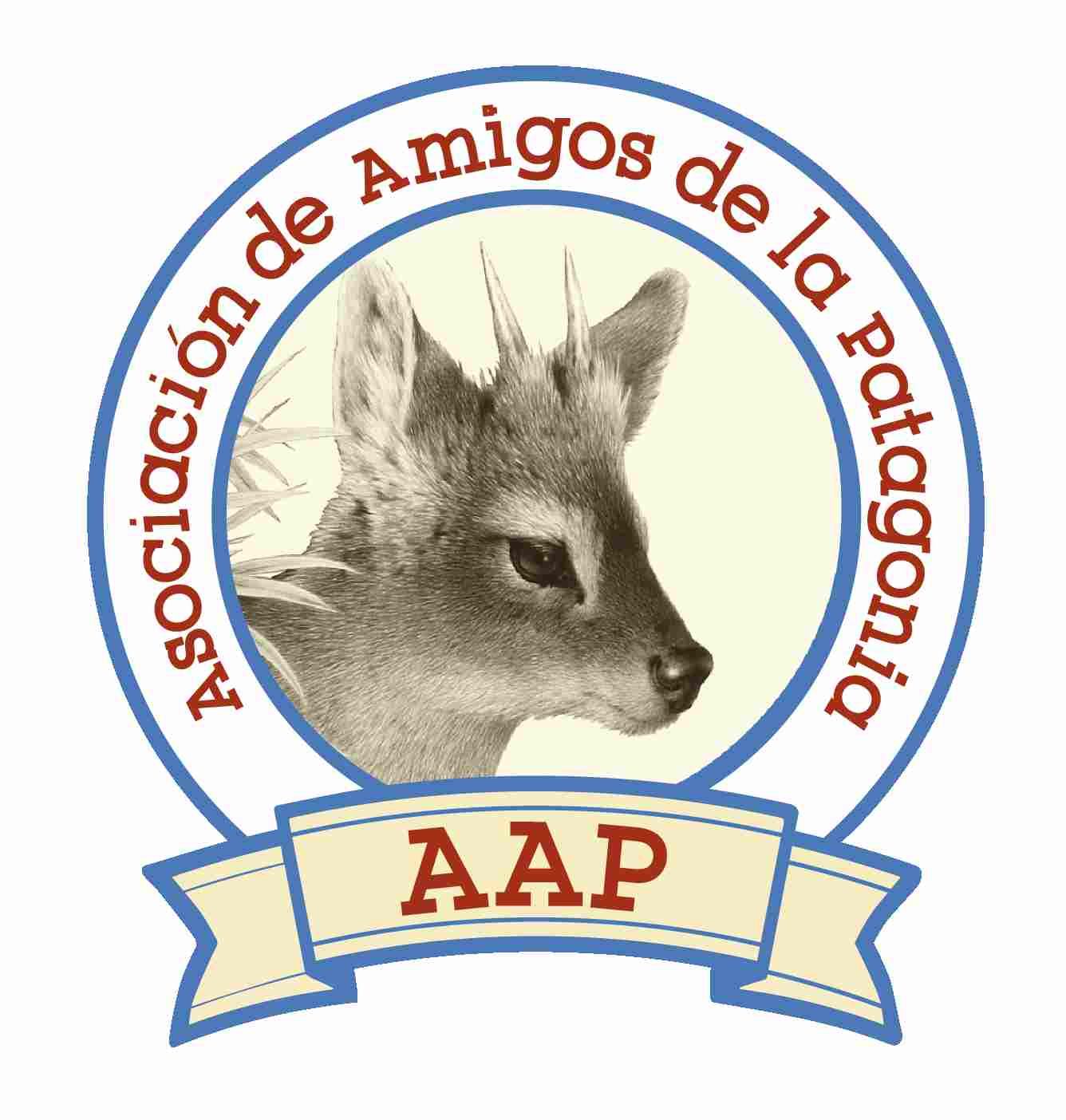
The giant otter (Pteronura brasiliensis) is one of the most extraordinary and charismatic animals of South America’s freshwater ecosystems. As the largest otter species in the world, it plays a crucial role in maintaining balance in rivers and wetlands. Once thought to be extinct in Argentina, it has recently returned to the wild through groundbreaking rewilding efforts—especially in Iberá National Park.
With its expressive face, smooth dark fur, and social behavior, the giant otter captivates everyone who’s lucky enough to see it in its natural habitat.
Where to Find It
Today, the best chance to see giant otters in Argentina is in Iberá National Park (Corrientes Province), where they were reintroduced by the Rewilding Argentina Foundation. Their natural range once extended through:
- Northern and northeastern Argentina
- Rivers, streams, and flooded savannas of the Paraná and Paraguay river systems
Giant otters need:
- Clean, fish-rich rivers and lagoons
- Dense riparian vegetation for denning and shelter
- Areas with minimal human disturbance
They are highly sensitive to water pollution and deforestation, which is why they disappeared for decades.
Physical Characteristics
This otter truly lives up to its name:
- Length: Up to 1.8 meters (6 feet), including tail
- Weight: Between 25–35 kg (55–77 lbs)
- Fur: Sleek, dense, and dark brown with a distinctive cream-colored throat patch, unique to each individual
- Head: Broad and rounded, with keen eyesight and hearing
- Tail: Powerful and paddle-like, ideal for swimming
They are agile, fast swimmers and spend most of their lives in the water.
Social Life and Behavior
Unlike most otters, the giant otter is highly social, living in tight-knit family groups:
- Groups usually consist of a monogamous pair and their offspring
- They are territorial and communicate through a range of vocalizations, scent-marking, and body language
- Spend hours a day grooming, playing, and foraging together
They are diurnal (active during the day) and prefer hunting in shallow, clear waters.
Diet
Giant otters are top predators in freshwater systems:
- Feed mostly on fish, especially catfish and perch
- Occasionally eat crabs, frogs, or small reptiles
- Use sharp eyesight and teamwork to hunt efficiently
Their presence often signals a healthy and balanced aquatic ecosystem.
Conservation Status
The giant otter is classified as Endangered by the IUCN, with declining populations due to:
- Habitat destruction (dams, deforestation, agriculture)
- Water pollution from mining and industry
- Hunting and poaching in parts of its range
Thanks to rewilding projects in Argentina, especially in Iberá, giant otters have returned after a 100-year absence, creating hope for the species’ long-term recovery.
Wildlife tours in Argentina
The giant otter is more than a rare and beautiful animal—it’s a powerful symbol of nature’s ability to heal when given a chance. Watching one glide through the water, call to its mate, or teach its pups to fish is an unforgettable experience.
If you’re traveling to Iberá National Park, keep your eyes on the water—you might just spot this river guardian reclaiming its place in Argentina’s wild heart.
We’re a local tour operator based in Buenos Aires, which offers custom tours in Argentina and Chile. We invite you to contact us, and start planning your next incredible journey to South America!
Get inspired by some of our travel ideas, listed below:
Puma Tracking Tour and Orca Watching
Mision Province & Ibera Wetlands
Orca Whale Watching in Patagonia Argentina
Iguazu Falls, Peninsula Valdes and the Wetlands
Where to see Penguins in Patagonia
Peninsula Valdes: Wildlife Tour
0












